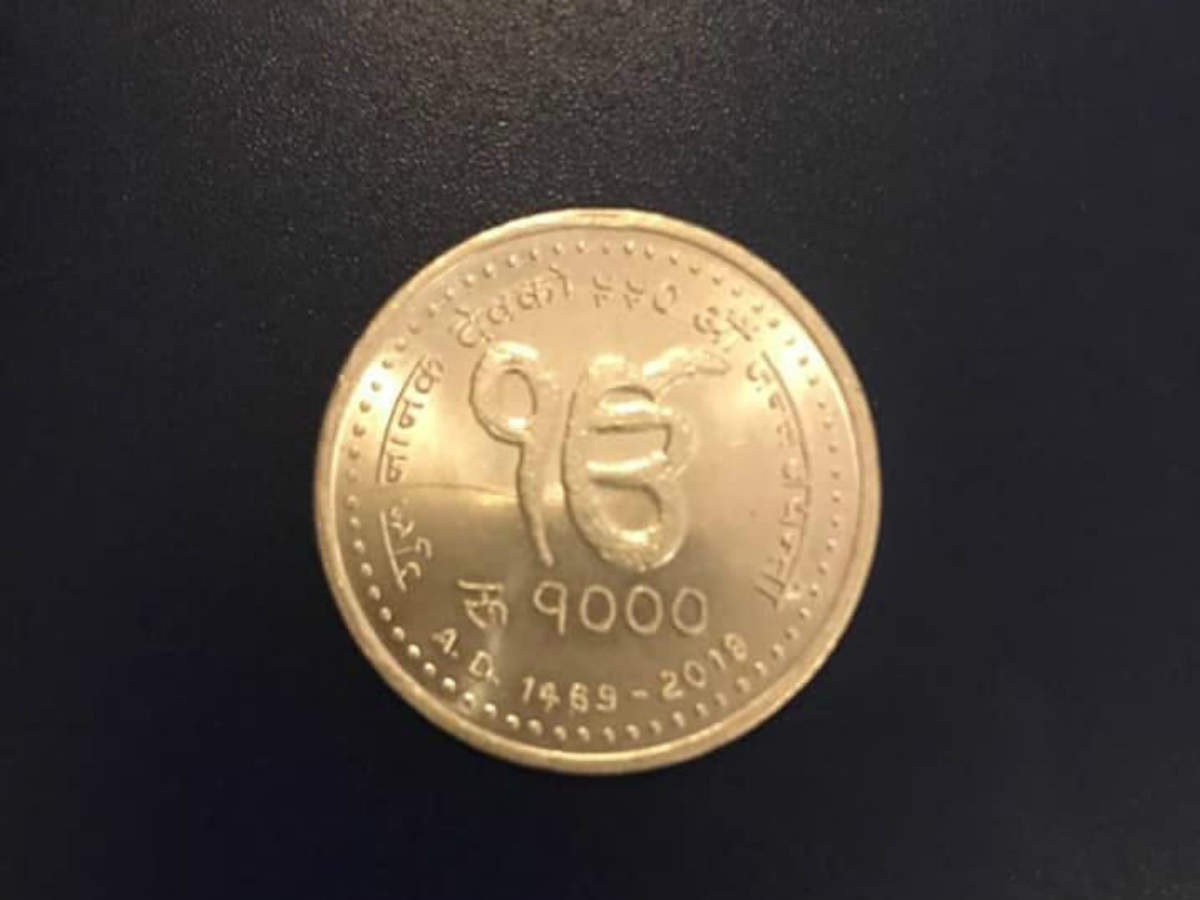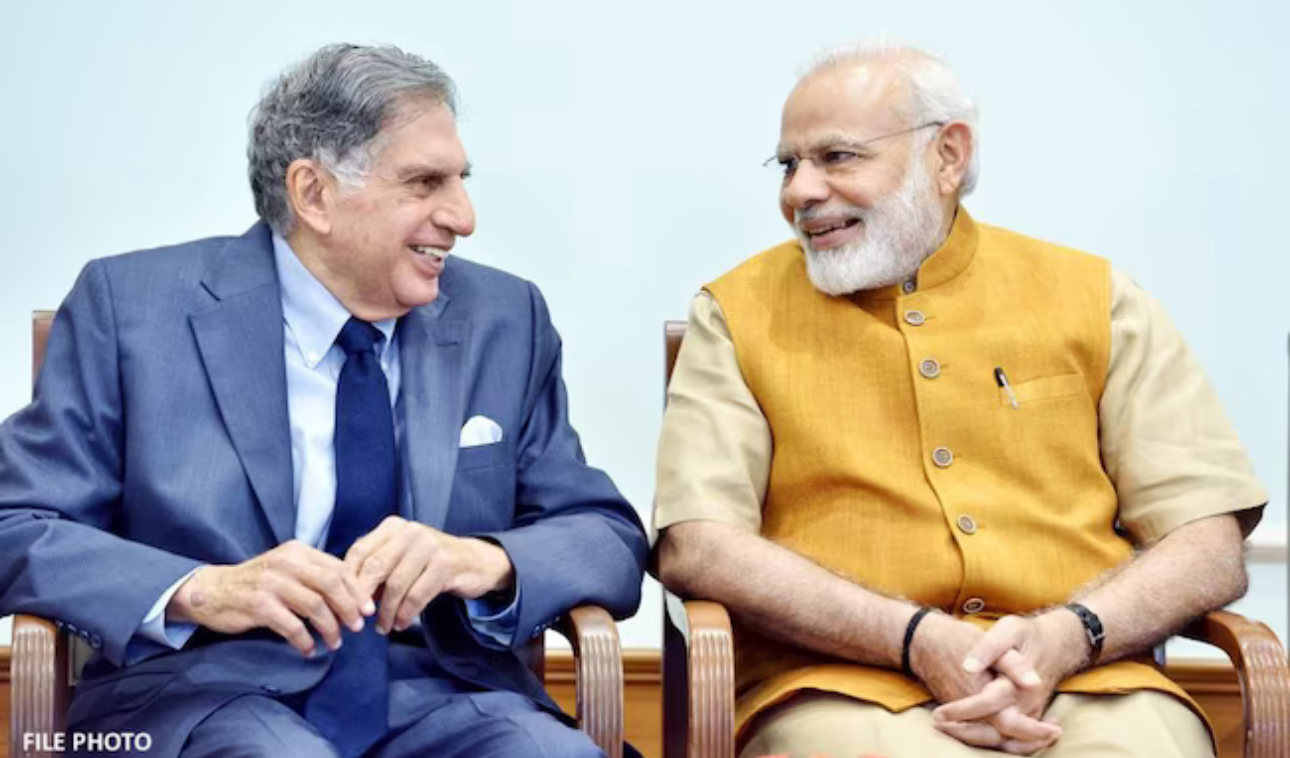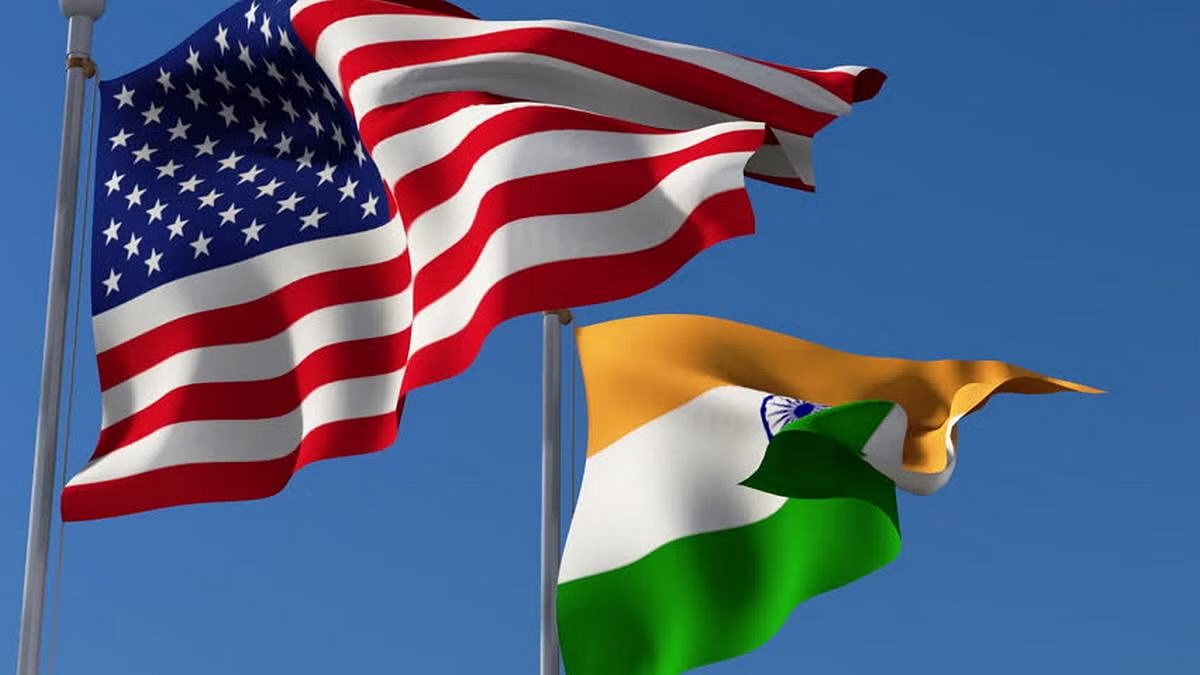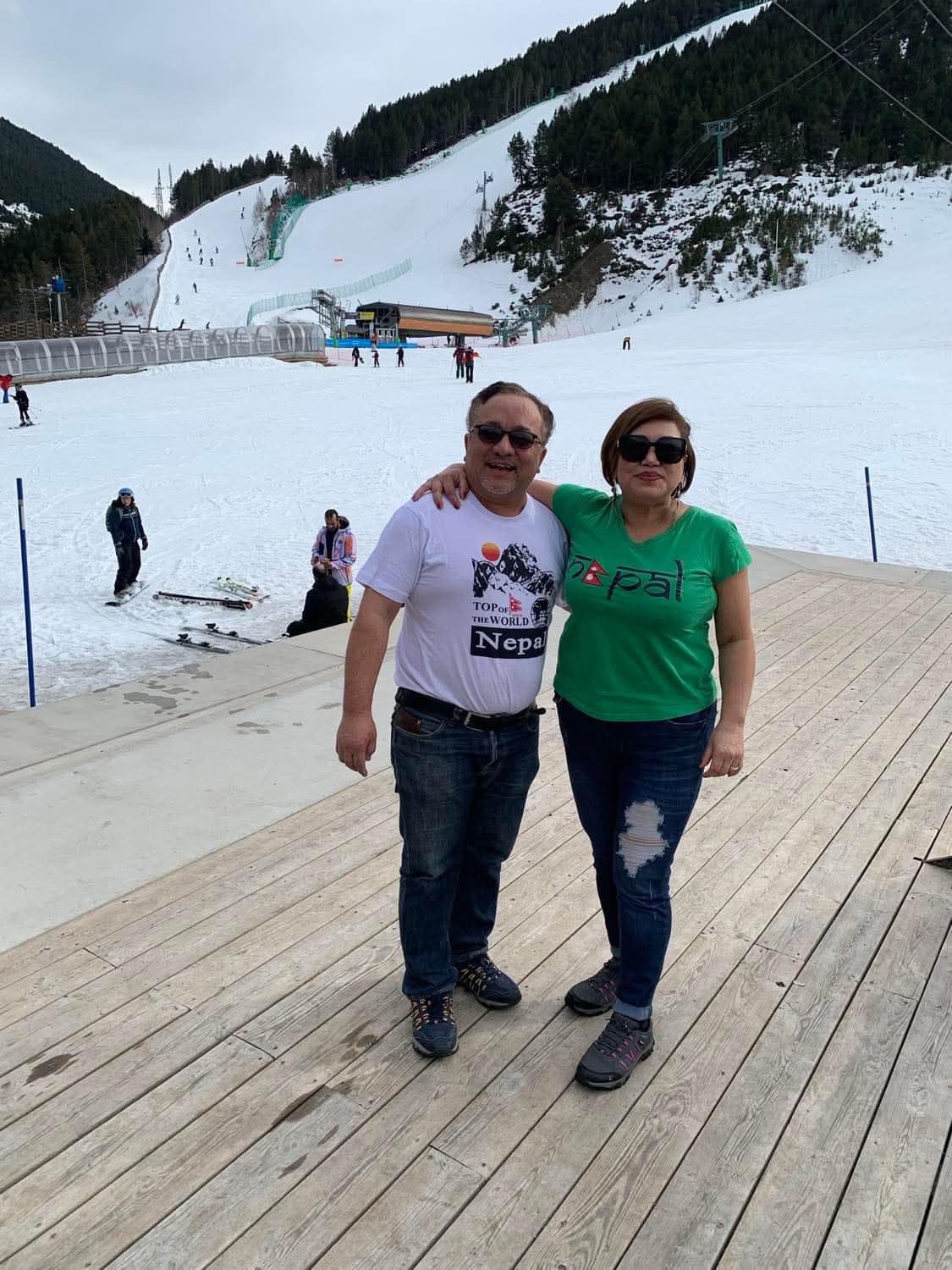A little-known story of Nepal’s Sikh connection

By Manjeev Puri
Nepal has a small but a vibrant Sikh community that is best known for its role as transporters, who opened Nepal to the modern world. Not many, though, know that Nepal’s Sikh heritage dates to Guru Nanak Dev, who travelled through Nepal during his third udasi.

Marking his sojourn in Kathmandu is Nanak Math, which has a peepul tree marking the exact spot where Guru Saheb meditated. The math, like a few other shrines in Kathmandu, is linked to the Udasi tradition and has a mahant presiding over it. The shrine is not well-known and remains neglected; this prompted author Desmond Doig to call it the “forgotten shrine of the Sikhs”. Nepal also boasts several handwritten copies of the Guru Granth Sahib, including a couple in the Pashupatinath Temple complex.
The Sikh connection with Nepal developed during the reign of Maharaja Ranjit Singh when the armies of the Sikh and Gorkha courts fought inconclusively in the Kangra region. The valour of the Gorkhas led the Lahore Court to recruit them. Even today, Nepalese serving in the Indian Army are colloquially referred to as “Lahureys”.
Later, when Maharani Jind Kaur escaped from the British, she came to Nepal and lived in the country for several years. Accompanying her was a large body of Sikhs. When she left Nepal, many of them settled down in the area around Nepalgunj, bordering Uttar Pradesh. Retaining their Sikh identity, including wearing unshorn hair and maintaining gurudwaras in the villages of their concentration, they are a community largely missing in the annals of the Sikh diaspora.
Later, when Maharani Jind Kaur escaped from the British, she came to Nepal and lived in the country for several years. Accompanying her was a large body of Sikhs. When she left Nepal, many of them settled down in the area around Nepalgunj, bordering Uttar Pradesh. Retaining their Sikh identity, including wearing unshorn hair and maintaining gurudwaras in the villages of their concentration, they are a community largely missing in the annals of the Sikh diaspora.
In modern times, Sikhs have played pioneering roles in Nepal not only as transporters but also as engineers, doctors, police officers, teachers, educationists, pilots, and even as fashion designers. Indeed, the person credited with laying the first drinking water pipes in Kathmandu was a Sikh, Manohar Singh. And, of course, by setting up the first restaurants, they paved the way for popularising Punjabi cuisine in Nepal.
The story of Sikh transporters is legendary in Nepal. In the early 1950s, hailing from the Jammu region, many of them personally navigated the newly laid tracks of the Tribhuvan Highway, and crossed rivers to haul their trucks to Kathmandu. They also started the first public bus service in the country, and have been active in the setting up of modern schools in the country.
The Sikh community in Nepal in the 1980s totaled more than a few thousand and built a grand gurudwara in Kathmandu’s Kupondole neighbourhood, apart from smaller gurudwaras in Birgunj, Nepalgunj and Krishnanagar. It is further enriched by Nepalis like Sardar Gurbaksh Singh embracing Sikhism.
India’s diplomatic ties with Nepal also have a strong Sikh connection with Sardar Surjit Singh Majithia being the first ambassador and establishing the embassy in 1947. His arrival and departure, by air, saw the first uses of the landing strip that is now the runway at Tribhuvan International Airport.
As we celebrate the 550th birth anniversary of Guru Nanak Dev, the Sikh connection of Nepal will be further strengthened as Nepal has started minting three commemorative coins – two in silver with denomination of Nepali Rupees 2,500 and 1,000 and a cupronickel coin with a face value of Nepali Rupees 100 – to be launched on this auspicious occasion. Nepal is one of few countries issuing legal tender featuring a Sikh connection.
This story was originally published in Hindustantimes.
Manjeev Singh Puri is India’s ambassador to Nepal



















Facebook Comments